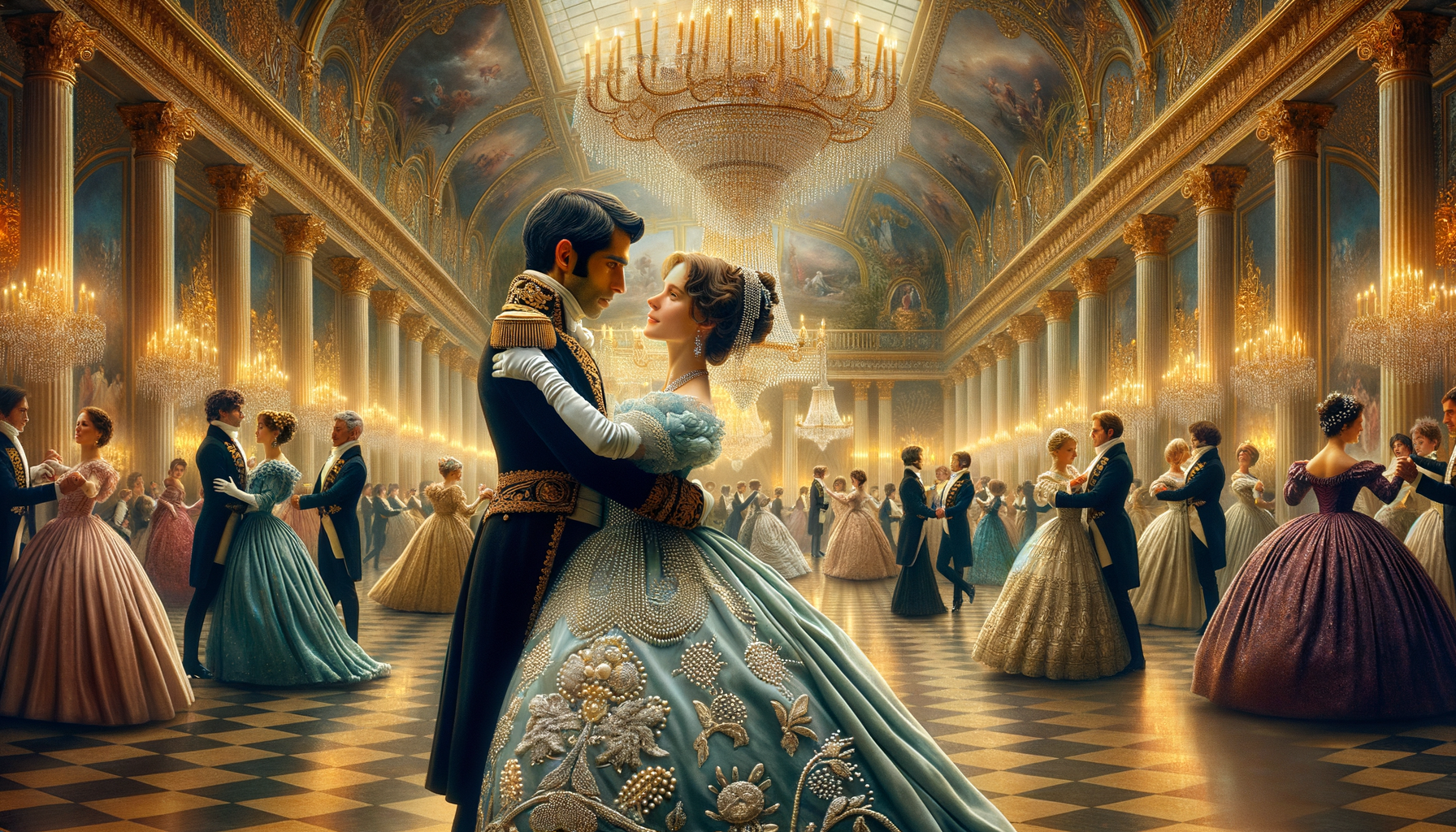Netflix’s “Bridgerton” has captivated audiences with its opulent sets, magnetic storytelling, and bold casting choices. While it draws inspiration from Julia Quinn’s cherished novels, the TV series carves its own path with a number of creative liberties. Here’s an in-depth exploration of the most intriguing variances that make the screen adaptation a new experience for fans.
Colorful Characters and A Diverse London
The world of “Bridgerton” is set in a reimagined London of 1813, where the aristocracy is racially diverse, a stark contrast to Quinn’s original universe. This audacious move is explained in the series through the historic speculation regarding Queen Charlotte’s African ancestry, with Golda Rosheuvel portraying the Queen. Significant characters like Simon Basset and Lady Danbury are played by Black actors, adding a new layer of depth and resonance to their stories.
| Aspect | Books | Series |
|---|---|---|
| Setting | Monochromatic aristocracy | Diverse, multi-ethnic society |
| Queen Charlotte | Not a focus | Central to diverse aristocratic landscape |
Daphne’s Unmatched Social Appeal
In the Netflix series, Daphne Bridgerton steps into society as the “diamond of the season,” an exemplary figure envied and desired by peers. Her elegance and poise catch the Queen’s eye, thrusting her into the spotlight. On the contrary, the books depict a more challenging scenario for Daphne. Often seen as a companion rather than a romantic interest, her journey on the marriage market is marked by rejections, including the not-so-villainous Nigel Berbrooke.
Anthony and Benedict’s Love Affairs
The romantic pursuits of the Bridgerton brothers are vibrant on screen, benefiting from added drama and depth. Anthony’s passion is depicted dramatically, drawing inspiration from his book’s character Maria Rosso, though intensified beyond what is penned. Meanwhile, Benedict’s experimental nature is brought to light with new character developments not originally found in the texts, setting a stage for fresh narrative arcs in subsequent seasons.
Simon Basset’s Bittersweet Past
Simon’s challenging upbringing is portrayed with sensitivity, highlighting his struggles with speech and the burden of his father’s expectations. The adaptation affords Lady Danbury a more nurturing role in Simon’s life as he grows, whereas his nurturing in the books is attributed to his nurse, Mrs. Hopkins. Furthermore, the series adds a layer to Simon’s character by exploring his interest in boxing—a dynamic never present in Quinn’s prose.
Addressing Controversial Themes
One of the most talked-about scenes involves a contentious moment between Simon and Daphne, adapted to resonate more appropriately with modern sensibilities. The order of events and execution differ considerably from the book, downplaying the original narrative’s intensity and controversy. This change alters their relationship’s trajectory, showcasing how adaptations can shift perspectives on sensitive topics.
The Featherington Family Secrets
The Featherington story arc is rife with tension and intrigue beyond the pages of the books. In a dramatic twist, Lord Featherington is alive in the series, creating conflict with his gambling habits—a subplot that does not exist in the novels, where Lady Featherington is a widow. This diversion introduces a tense cliffhanger about the Featherington estate’s future heir, leaving fans speculating on potential outcomes.
The Tragic Tale of Marina Thompson
Marina Thompson’s narrative diverges significantly as she becomes embroiled in a web of secrecy and duty. On TV, she is portrayed as a Featherington cousin with a secret pregnancy, forcing her to navigate societal pressures in the wake of her lover’s death. In stark contrast, the books reveal her only posthumously, outlining a brief and tragic end. This shift from anonymity to a vivid personality offers a unique twist on her story.
The Mystery of Lady Whistledown
The identity of Lady Whistledown is a closely guarded secret in Quinn’s novels until the fourth book. Yet, the series opts for an early reveal, adding a layer of drama and intrigue that aligns with the cinematic pace and style. This revelation not only heightens suspense but also enriches character dynamics, allowing for new story possibilities.
The Bee That Buzzed Into Our Hearts
The series concludes with a curious image of a bee, symbolizing more than a mere insect. This metaphor is a nod to Anthony’s storyline in the second book, where bees play a crucial role in his personal journey. While those unfamiliar with the novels might overlook this tiny detail, it hints at upcoming chapters and central plot developments, intriguing dedicated fans.
As “Bridgerton” graces the screen with its audacious and inventive spirit, these differences paint a fascinating picture of adaptation and creativity, keeping viewers and readers alike enthralled by the Bridgerton saga’s unfolding drama.

